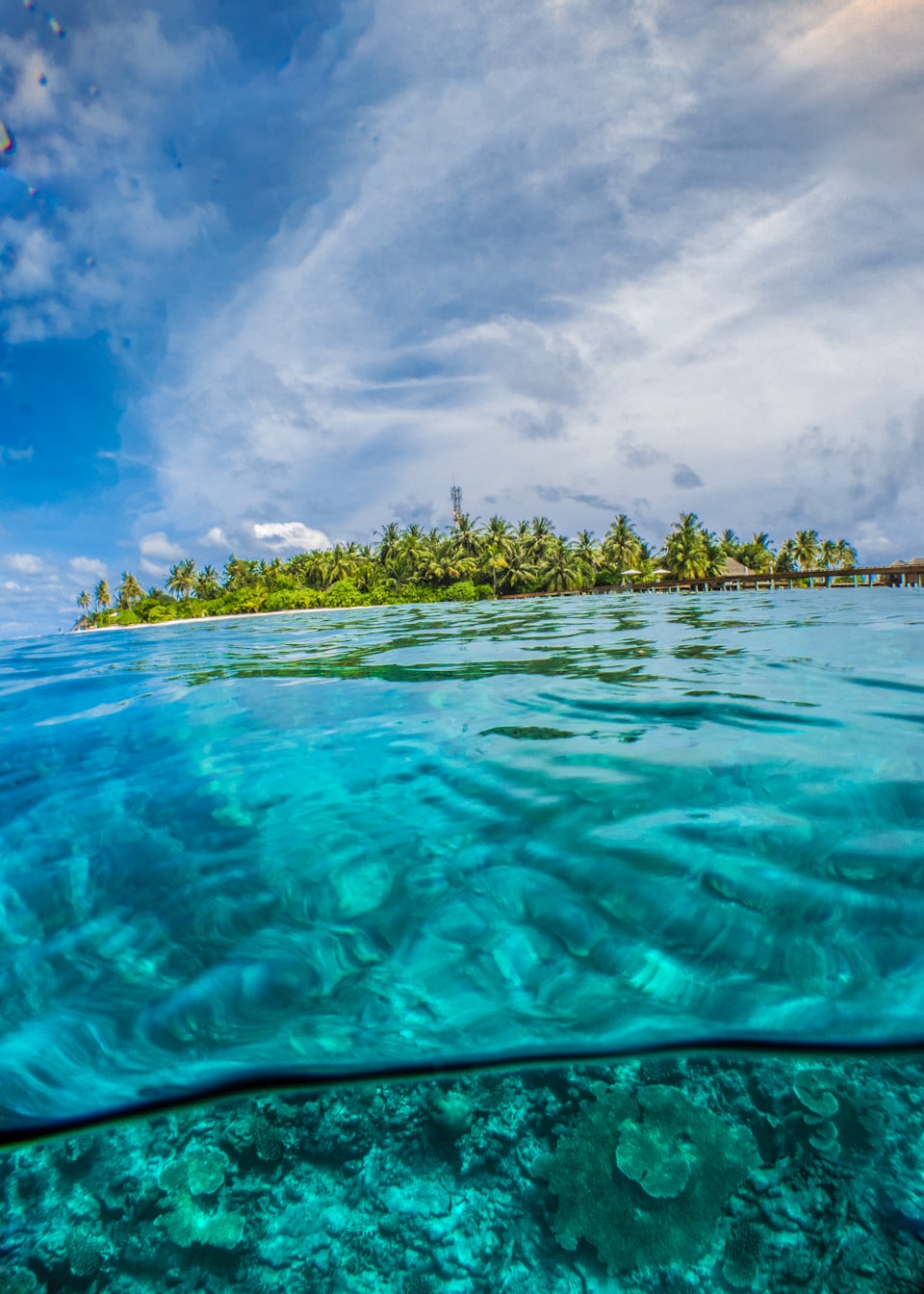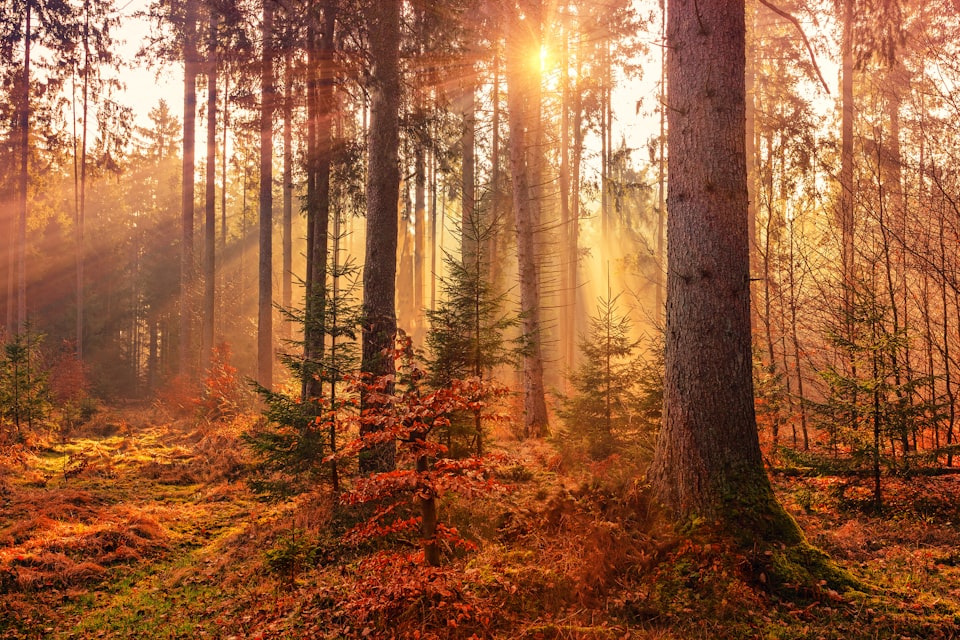Continuing the geography series, let us learn something about ecosystems.
What is an Ecosystem?
An ecosystem is a geographic area where plants, animals, other organisms, and other things like weather, soil, gases, the presence (or absence) of water, and landscapes interact and work together as a bubble of life. The world is made up of different ecosystems with unique characteristics and components. In an ecosystem, the living organisms are called Biotic components, and the non-living components are called Abiotic components. We all live and interact with our ecosystems every day and have an impact on how they work.
Major Ecosystems around the World
All ecosystems in the world fall into two categories – terrestrial (land-based) and aquatic (water-based). Within these two categories, there are around ten kinds of ecosystems.
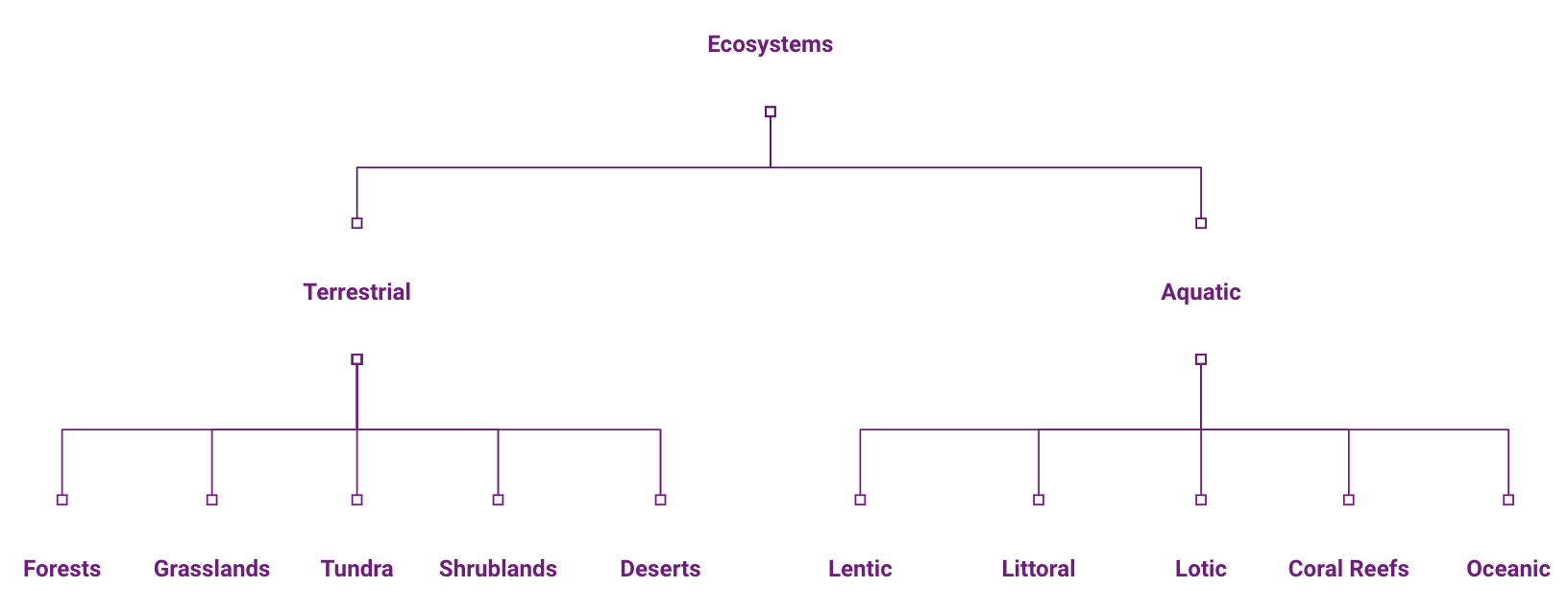
Terrestrial Ecosystems
Forest Ecosystem

Forests cover one-third of the total land area of the Earth. They contain 70% of the world's organic carbon (carbon found in living organisms), house around 3 trillion trees, and are home to 80% of the world's biodiversity. Forests are home to rich soil and a wide range of weather patterns, rich in biotic and abiotic components. There are three main kinds of forests in the world, which are classified based on their location.
- The Tropical Rainforest, close to the equator,
- The Temperate Forests, further apart from the equator, between boreal and tropical forests, and
- The Boreal Forests, towards the north.
Check out my post on forests for more details on these forests.
Tundra Ecosystem
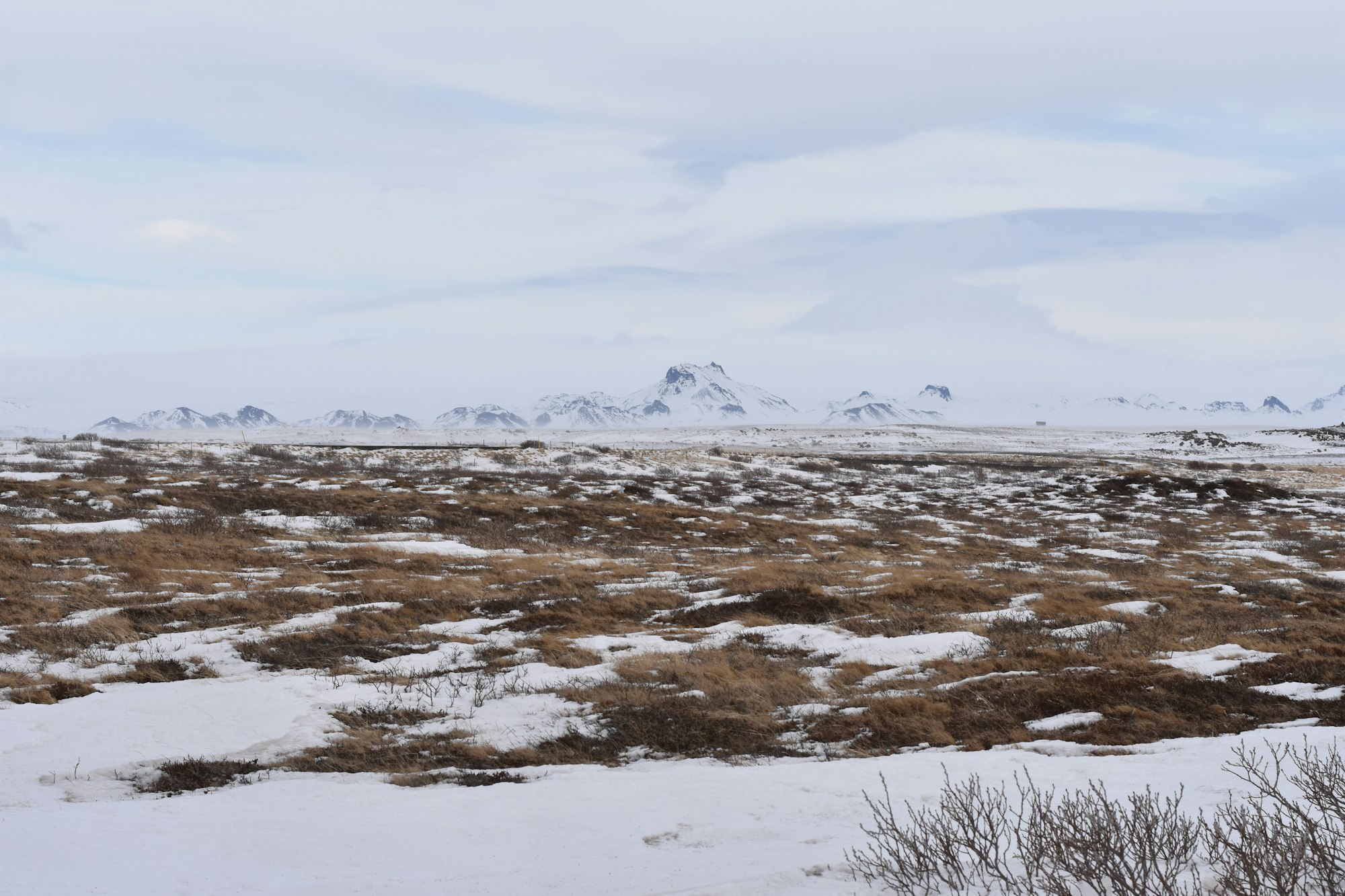
The tundra ecosystem usually borders boreal forests in the Northern Hemisphere and far southern regions like Antarctica. The tundra is cold and dry, with very short growing seasons and less than ten inches of precipitation annually. The harsh conditions make it very difficult for plants to grow, and the plants that do survive are small and adapted to short growing seasons.
Tundra wildlife includes small mammals adapted to cold weather, like lemmings, arctic hares, and arctic ground squirrels. Top predators in this ecosystem include arctic foxes, arctic wolves, polar bears, and snowy owls. The animals found in the tundra use a combination of thick coats of fur and fat stores to survive the winter. Some tundra animals hibernate in the winter to survive a season with minimal food.
Shrubland Ecosystem
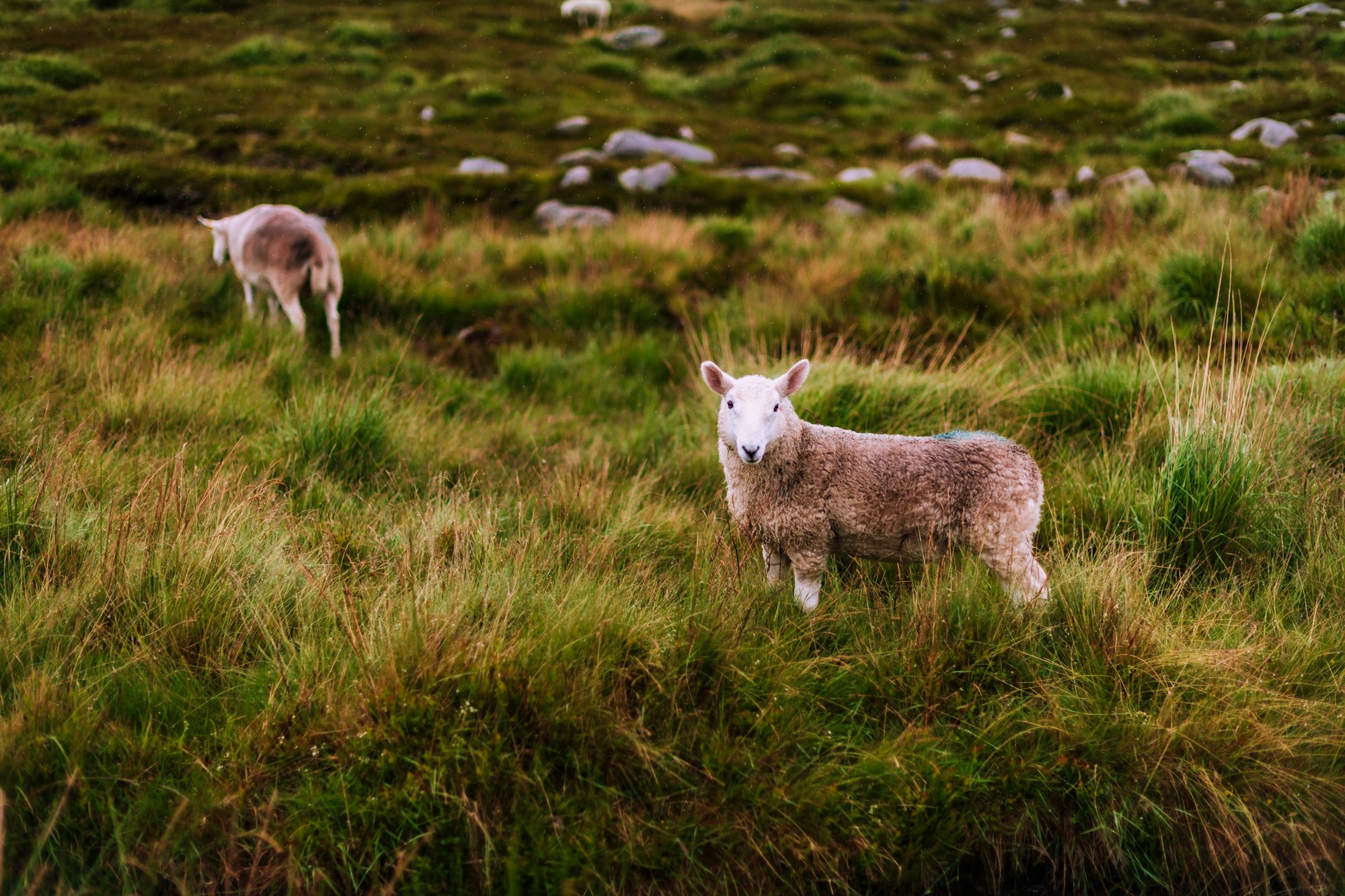
The shrubland ecosystem is characterized by its large amount of shrubs and similar plants. Also known as scrubland, this ecosystem is influenced by mild weather that is wet during the winter and dry during the summer.
The shrubland ecosystem is home to a wide diversity of plants, animal, bird, and insect species. The milder temperatures make shrublands hospitable for insects and birds throughout the year.
Grassland Ecosystem
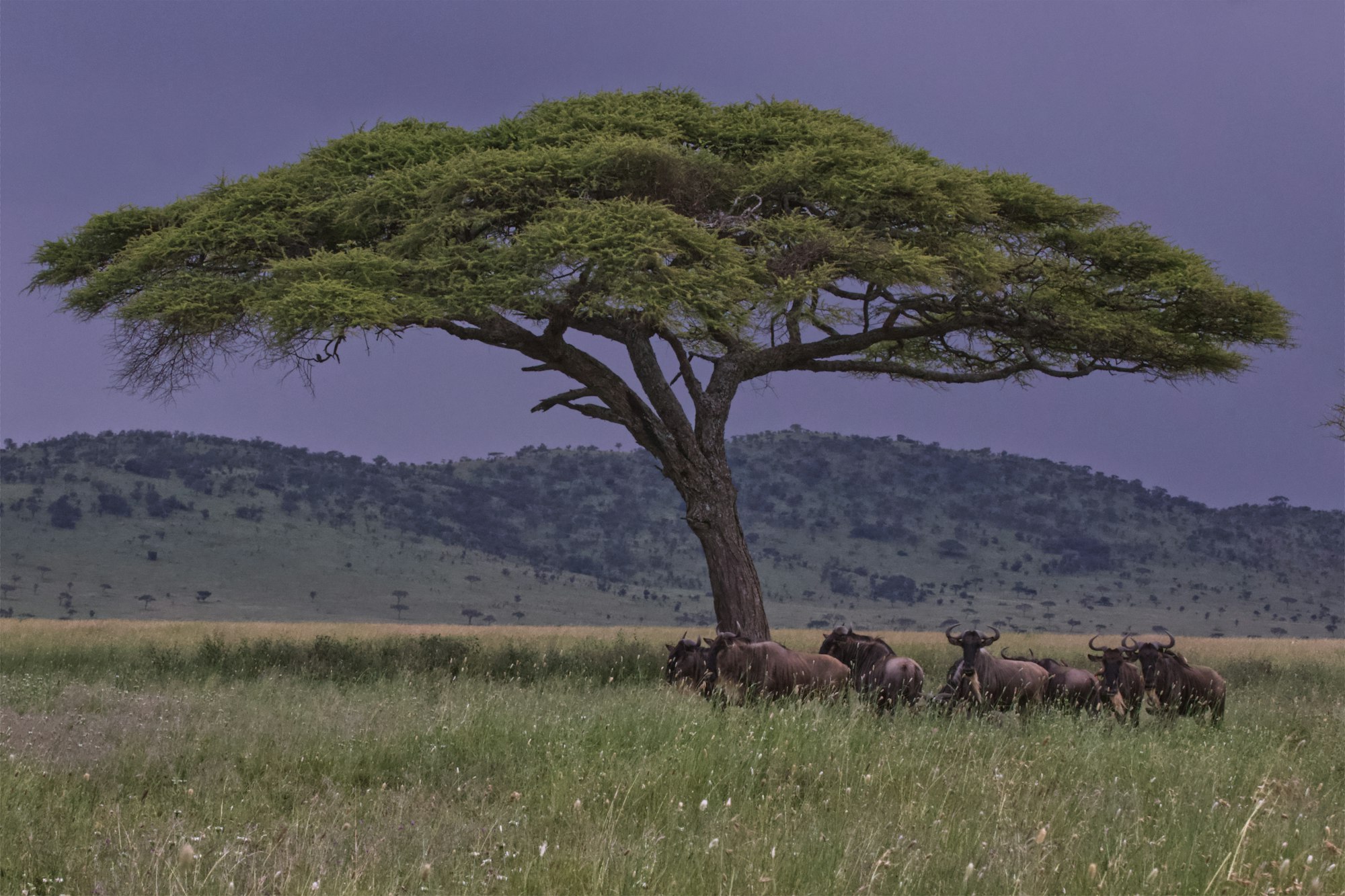
The grassland ecosystem is characterized by its open spaces where grasses are the dominant plant species. They are found all over the world, and they are also known as prairies or steppes. Grasslands receive ten to thirty-five inches of rainfall annually and usually experience hot summer temperatures. Some trees may be found, but the open space and lower amounts of rain make it difficult for trees to thrive in grasslands. Grazing animals are commonly found in grasslands and include large species like buffalo and elephants. Many bird and insect species also thrive in grasslands.
Desert Ecosystem
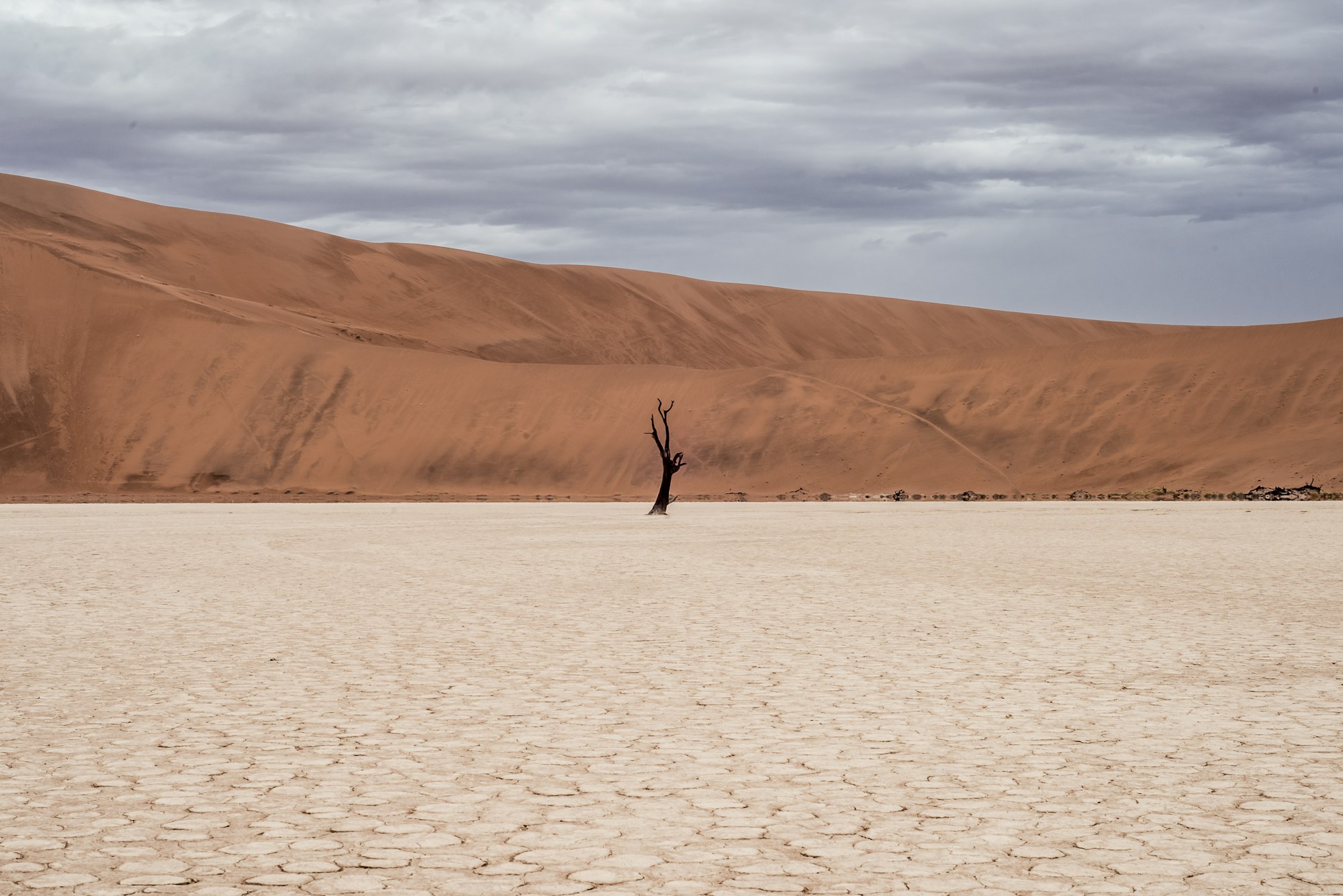
A desert is not only a hot place but is also characterized by freezing weather. The main characteristic of a desert ecosystem is a very low moisture level, with less than ten inches of rain annually. Whether hot or cold, desert ecosystems have abiotic factors like a lack of moisture and poor soil or sand that make it difficult for biotic components to survive.
In cold desert ecosystems like Antarctica, animals have adapted by adding layers of fat and finding ways to conserve energy since food can be scarce. In hot desert ecosystems like the Sahara Desert, animals have adapted by becoming nocturnal and sleeping during the day to protect themselves from the extreme heat.
Aquatic Ecosystems
Lentic Ecosystem

Lentic ecosystems are only found in fresh waters like lakes, ponds, marshes, etc. Freshwater makes up only 1.8% of the Earth's surface, making lentic ecosystems one of the least common.
Depending on the depth of the water, lentic ecosystems can be found in layers. These layers differ by the amount of light and oxygen in the water. The abiotic factors found throughout the layers of lentic ecosystems determine which biotic species can be found, with some species found only at the bottom of the waterbody and others found only at the top. Lentic ecosystems are often nutrient-rich and hence, very bio-diverse.
Littoral Ecosystem
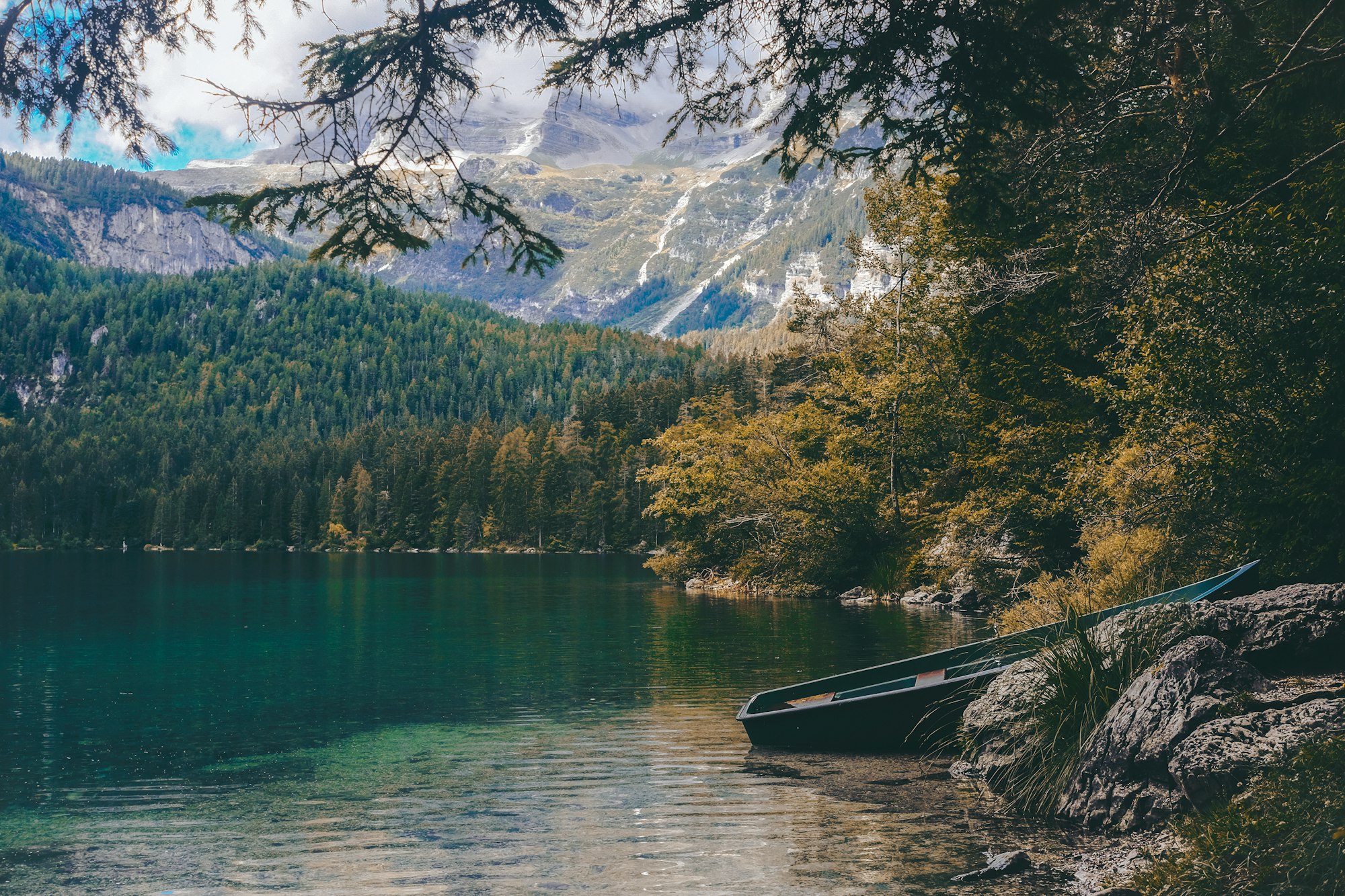
The littoral ecosystem is commonly found on the shores of lakes, rivers, and even seas. Wetlands are often found in littoral ecosystems where the depth of the water varies, allowing marshes and swamps to all are considered littoral ecosystems.
The water depth, temperature, and nutrient availability determine what biotic components are found in littoral ecosystems. Like the lentic ecosystem, there are often different layers of plants depending on how tolerant they are to standing water. Littoral ecosystems often have high biodiversity in amphibian and insect species because of their semi-aquatic nature.
Lotic Ecosystem
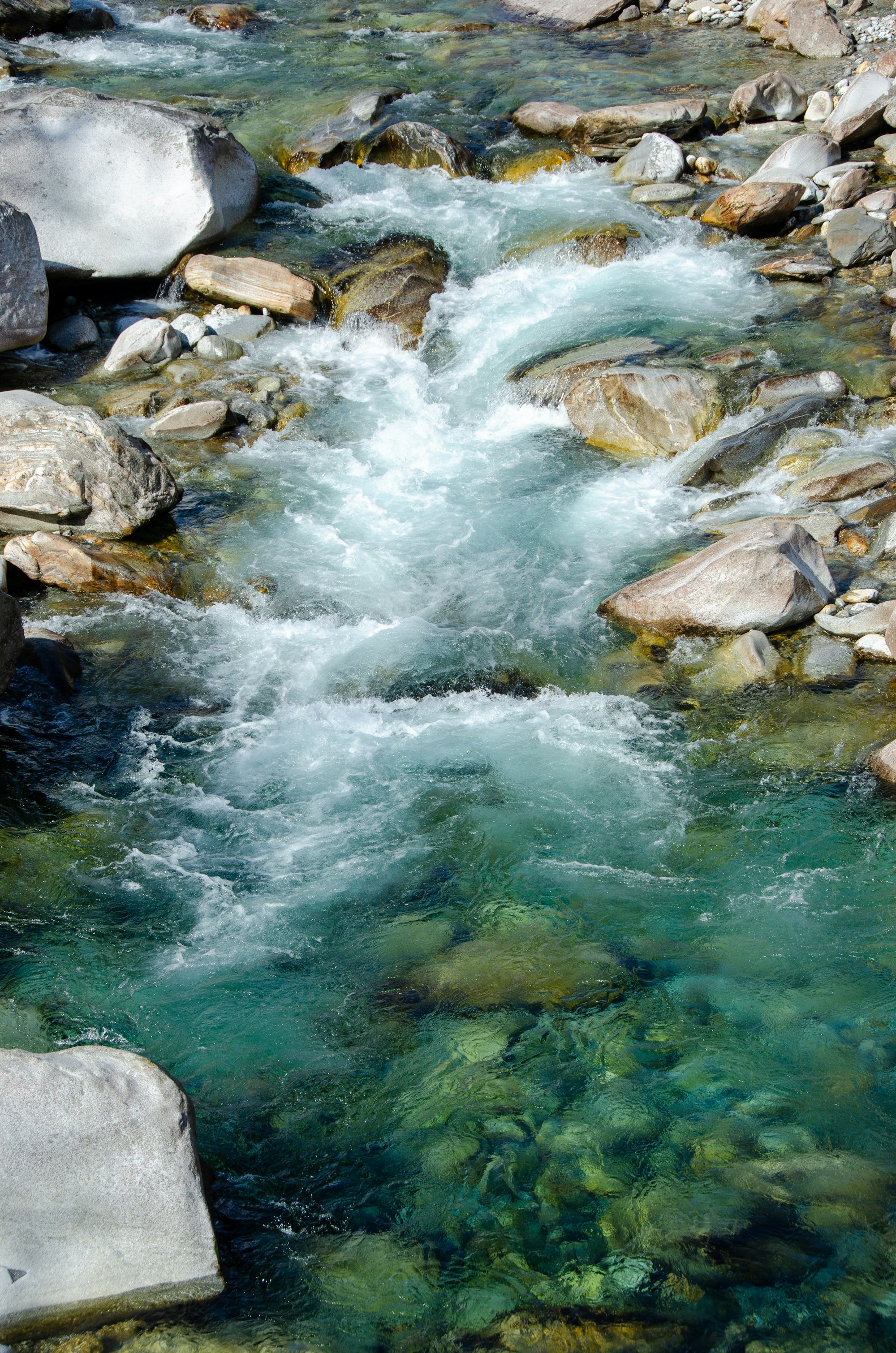
All ecosystems found in moving water are classified as lotic ecosystems. Lotic ecosystems are found in springs and rivers, whether water moves in one direction like a river or has a more inconsistent flow like a spring. Lotic ecosystems are broken into areas with fast-moving water and areas with pools and slower currents.
Coral Reef Ecosystem
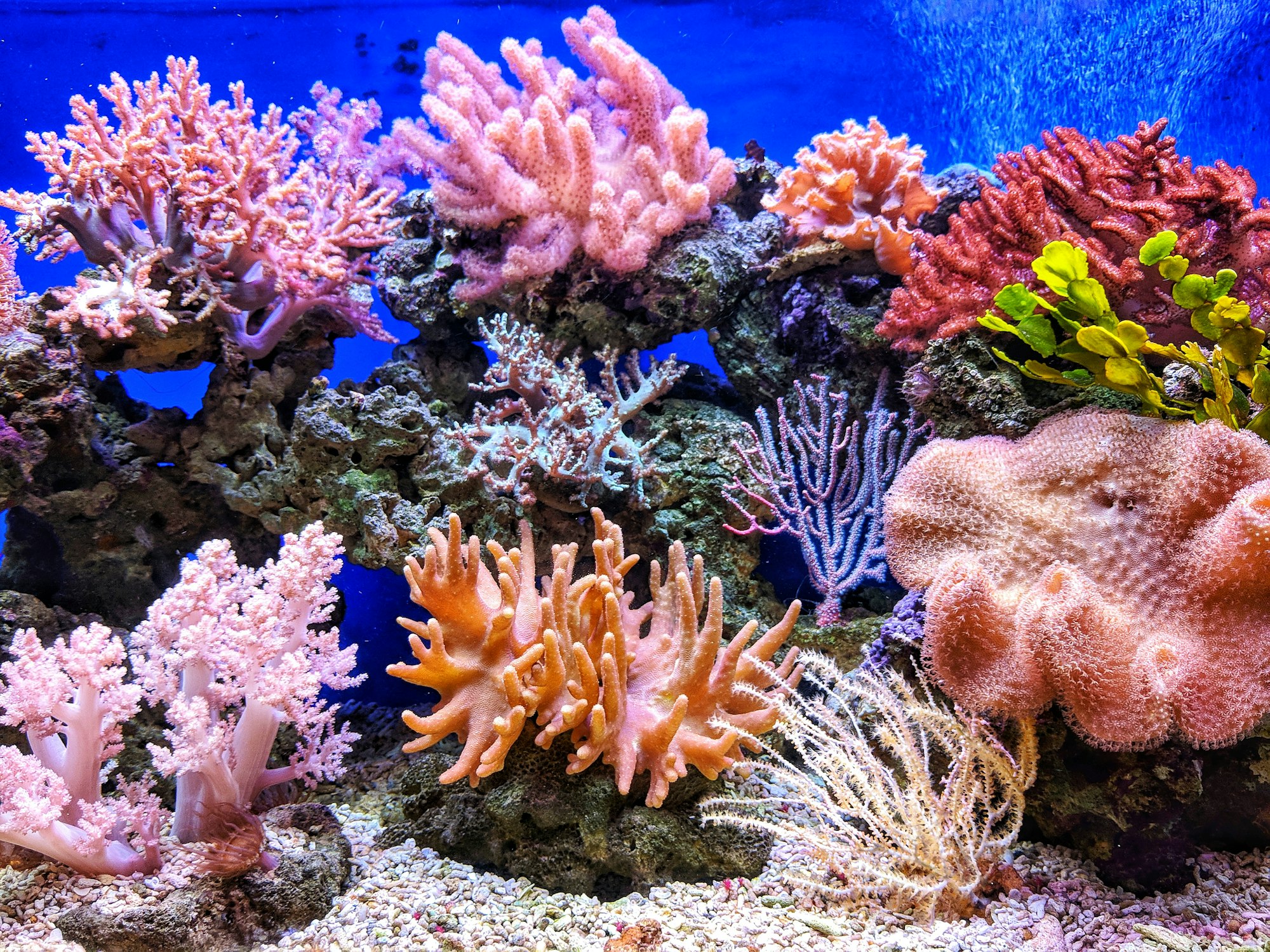
Coral reef ecosystems are the most diverse oceanic ecosystem. The shallow water allows more sunlight, resulting in more nutrients and increased plant and animal species.
Coral reef ecosystems cover about one percent of the ocean floor, but about 25% of fish species depend on coral reef ecosystems for survival. This is because coral reefs often serve as protection, breeding grounds, and food sources for much different fish and other marine species.
Oceanic Ecosystem

Oceanic ecosystems include almost all of the saltwater ecosystems in the world. About 71% of the Earth's surface is covered by the ocean, making oceanic ecosystems the most common in the world. Oceanic ecosystems are split into four zones based on the water depth, and the oceanic ecosystem is the least explored ecosystem in the world.
This should not come as a surprise, but almost all ecosystems are under threat due to the effects of Climate Change. To know more about Climate Change, check out my post on the topic. Thanks for reading!
References
- https://www.conserve-energy-future.com/various-types-natural-ecosystem.php
- https://www.green.earth/blog/5-types-of-ecosystems
- https://education.nationalgeographic.org/resource/ecosystem
- https://sciencing.com/10-examples-natural-ecosystem-7836.html
- https://outforia.com/types-of-ecosystems/
- https://www.turito.com/learn/biology/types-of-ecosystem-grade-9
